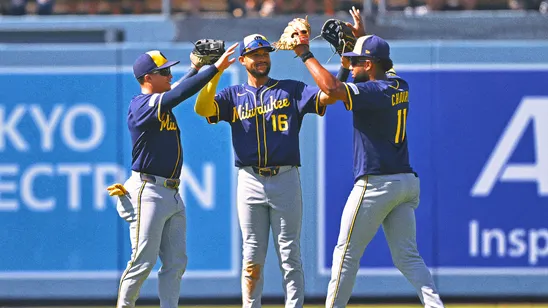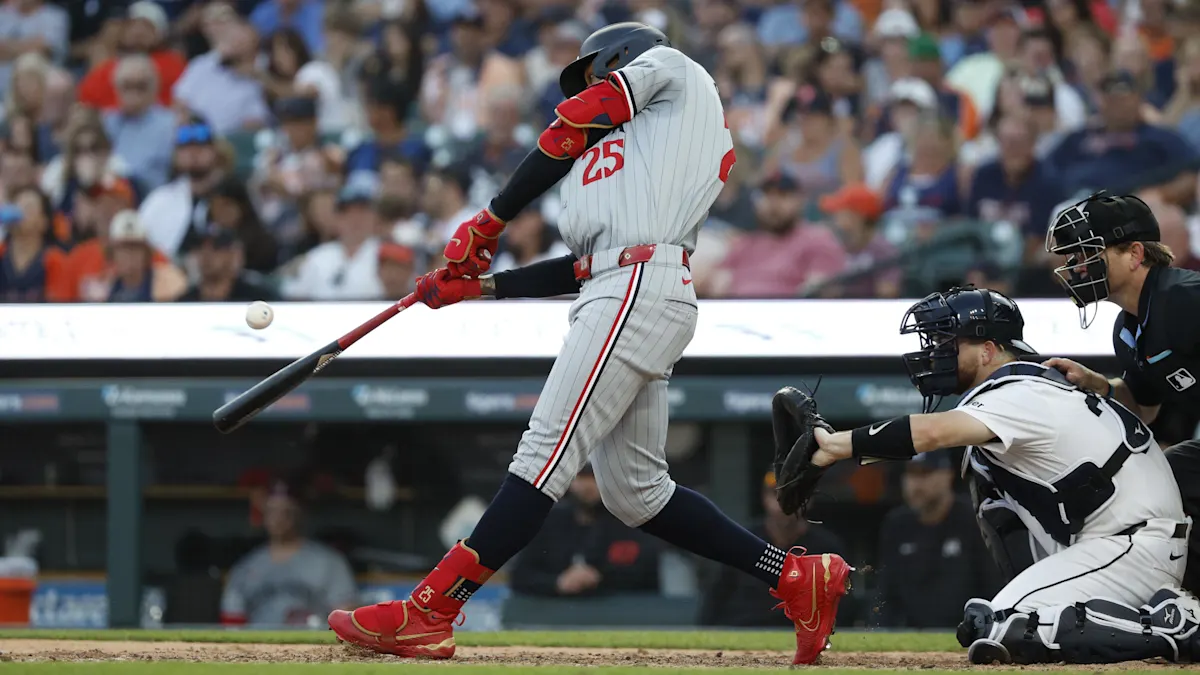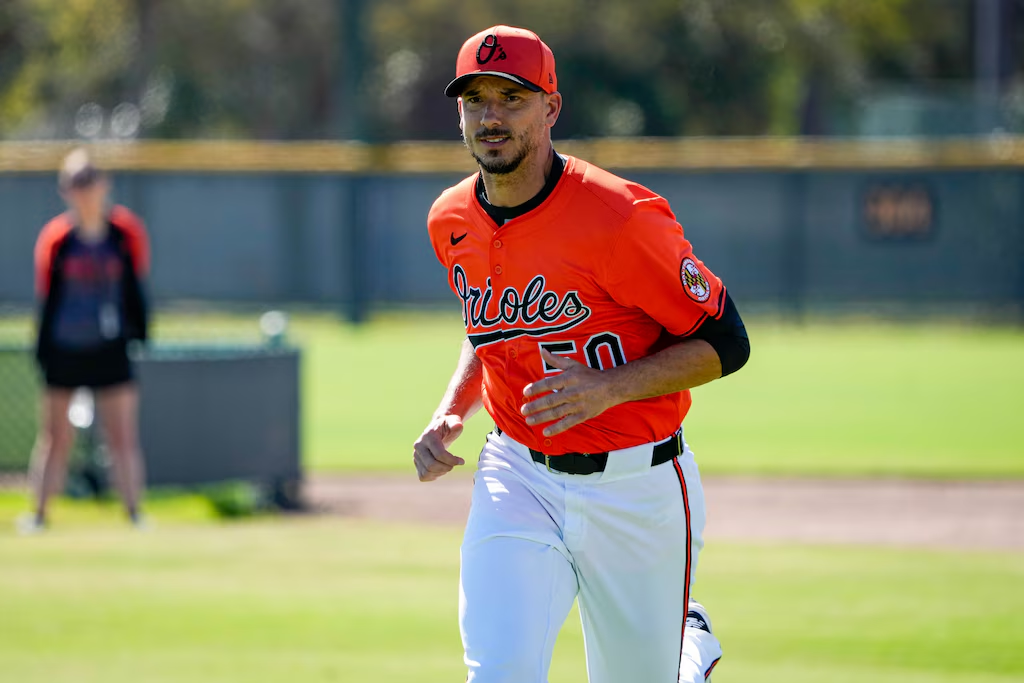On Sunday, the New York Mets announced that third baseman Brett Baty will be sidelined for 4-6 weeks due to a fractured left index finger. Baty sustained the injury after being hit by a pitch during a Triple-A Syracuse game a few days earlier. Given the recovery timeline, it’s likely Baty will miss the remainder of the season.
### Season-Ending Injury Casts Doubt on Brett Baty’s Future
Once considered the Mets’ future at third base, Baty has struggled during his brief major league career. Over 169 games, the Texas native has posted a .215/.282/.325 slash line in 602 plate appearances with 15 home runs.

Scouts have long praised Baty’s raw power, but he hasn’t fully tapped into it at the major league level. Despite a promising spring and a strong start to the season, Baty was demoted in early June after his performance sharply declined.
However, Baty quickly regained form in Triple-A, where he posted an impressive .886 OPS with 16 homers and 10 doubles in 58 games. Throughout his professional career, Baty has consistently hit well in the minors, but translating that success to the majors remains a challenge.
### Baty’s Injury Costs Him a Crucial September Opportunity
Baty was likely on track to get another shot in the majors this September, especially with the expanded roster allowing teams to carry an additional position player. Many anticipated that the Mets would call Baty up after his success in Triple-A.
Though he might not have immediately seen significant playing time, Baty could have gradually earned more at-bats. The Mets have struggled with consistency among their left-handed hitters, and Baty’s presence could have bolstered the lineup.
While Mark Vientos has secured the third base role, Baty’s bat could have been valuable at second base or designated hitter. Although it’s unclear if the Mets would have trusted Baty defensively at second, he logged over 200 innings at the position in Triple-A this year. There was a potential strategy of starting him at second against right-handers and using Jose Iglesias as a defensive replacement.
Unfortunately, Baty’s season-ending injury makes these possibilities irrelevant.
### Baty’s Missed Opportunity and Uncertain Future
A strong September could have boosted Baty’s confidence heading into the offseason and provided valuable experience in adapting to major league pitching. This would have been beneficial for his development and offseason training.
Despite his struggles in the majors, the Mets and other teams around the league still believe in Baty’s potential, as evidenced by the interest he garnered at the trade deadline. A solid finish to the season could have further enhanced his trade value or solidified his place in the Mets’ future plans.
Looking ahead, the Mets will need to address holes at first base and DH this offseason. Ideally, Baty could have finished the season on a high note, forcing his way into the team’s plans for 2025. This would have allowed the Mets to allocate resources elsewhere.
Instead, Baty’s injury leaves him as a significant question mark heading into an offseason where the Mets must address multiple needs. With his trade value diminished, the Mets are likely to keep him on the roster, hoping he can eventually fulfill his potential.
While fans focus on the Mets’ current Wild Card chase, Baty’s season-ending injury further complicates his future, leaving the organization with more uncertainty heading into 2025.










